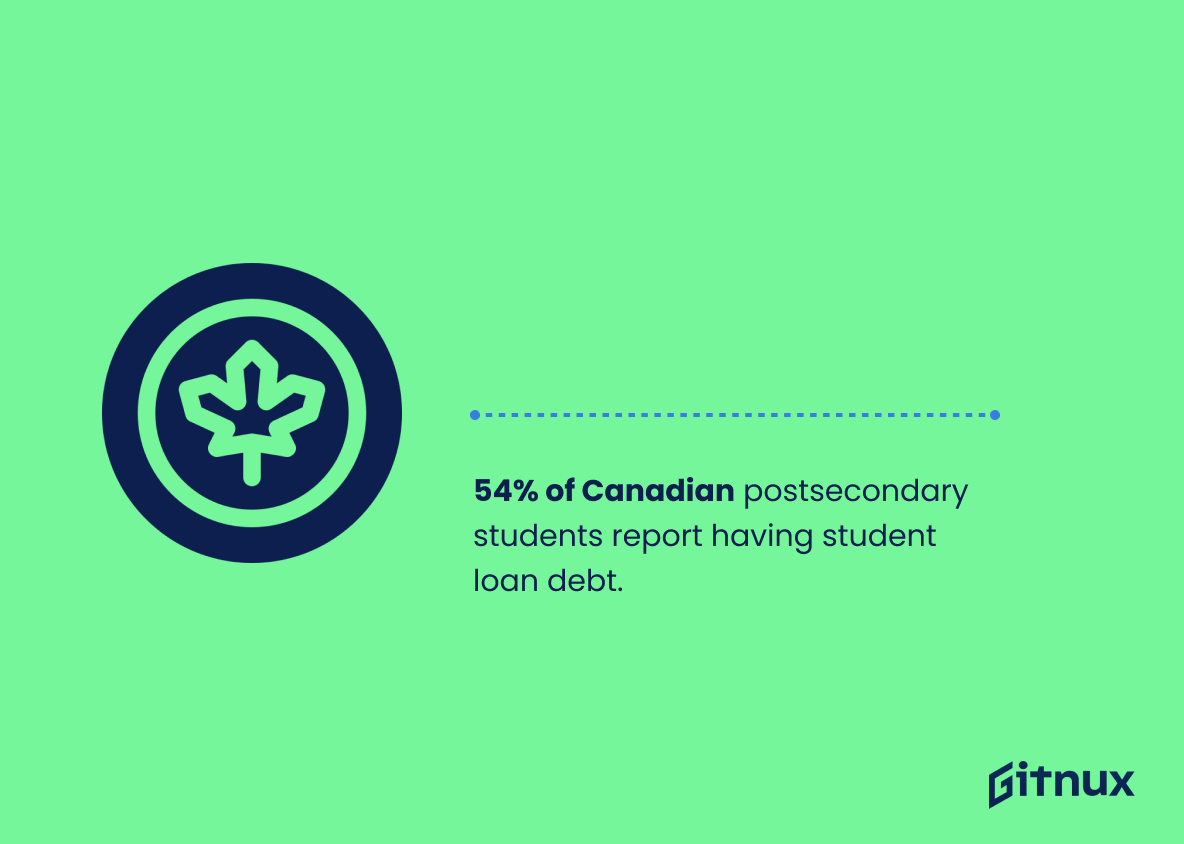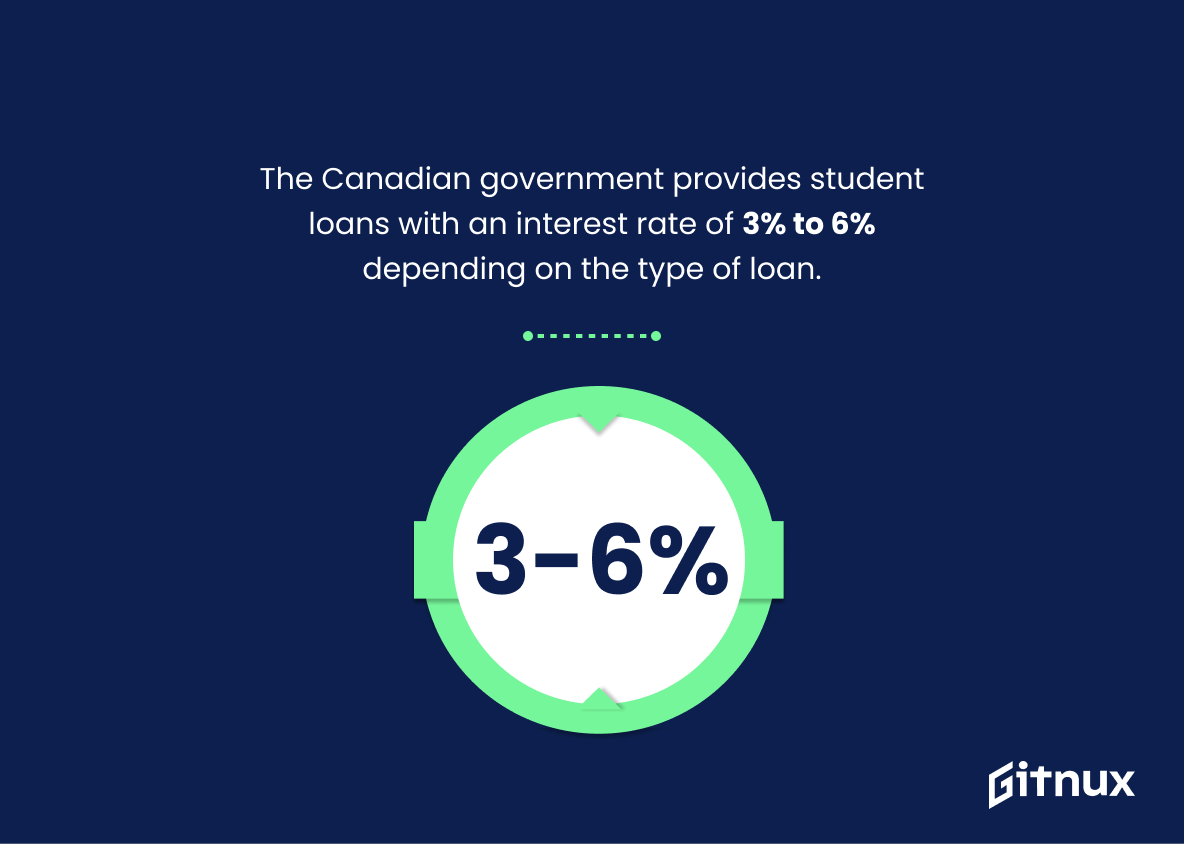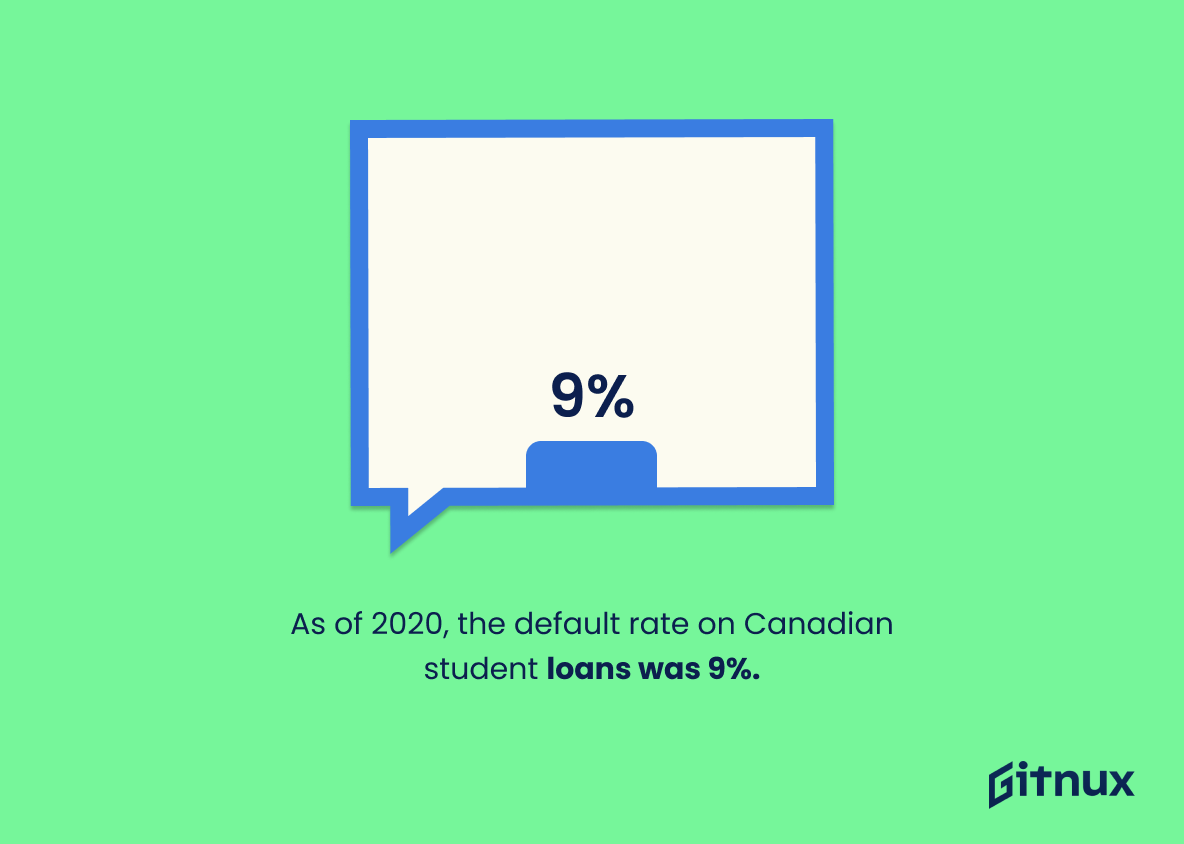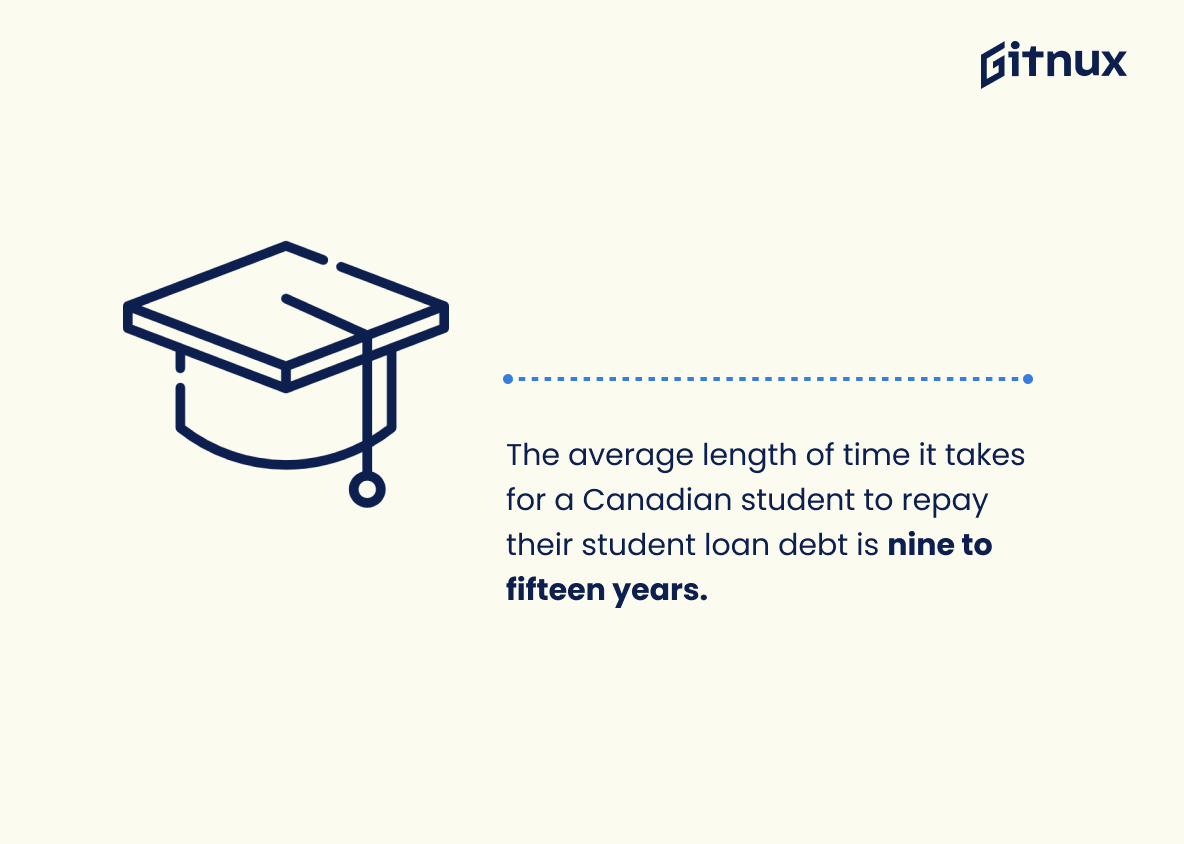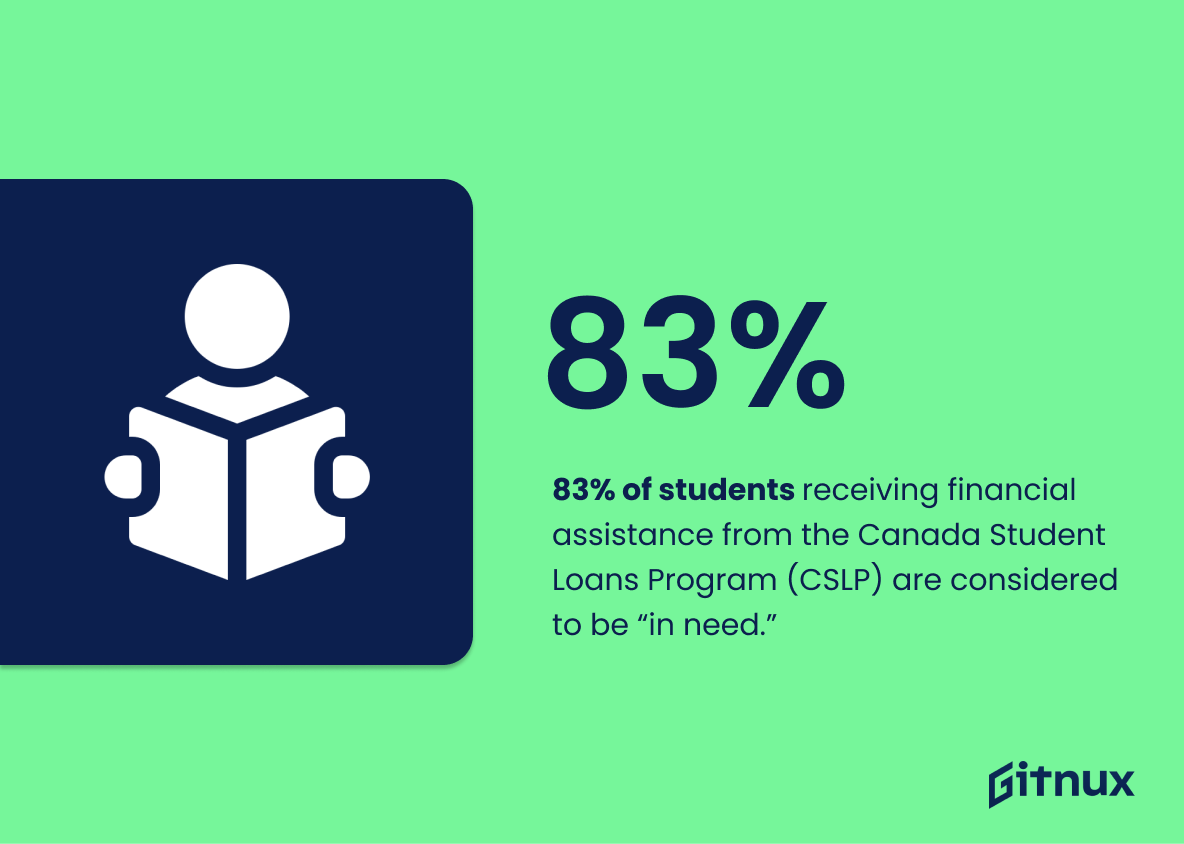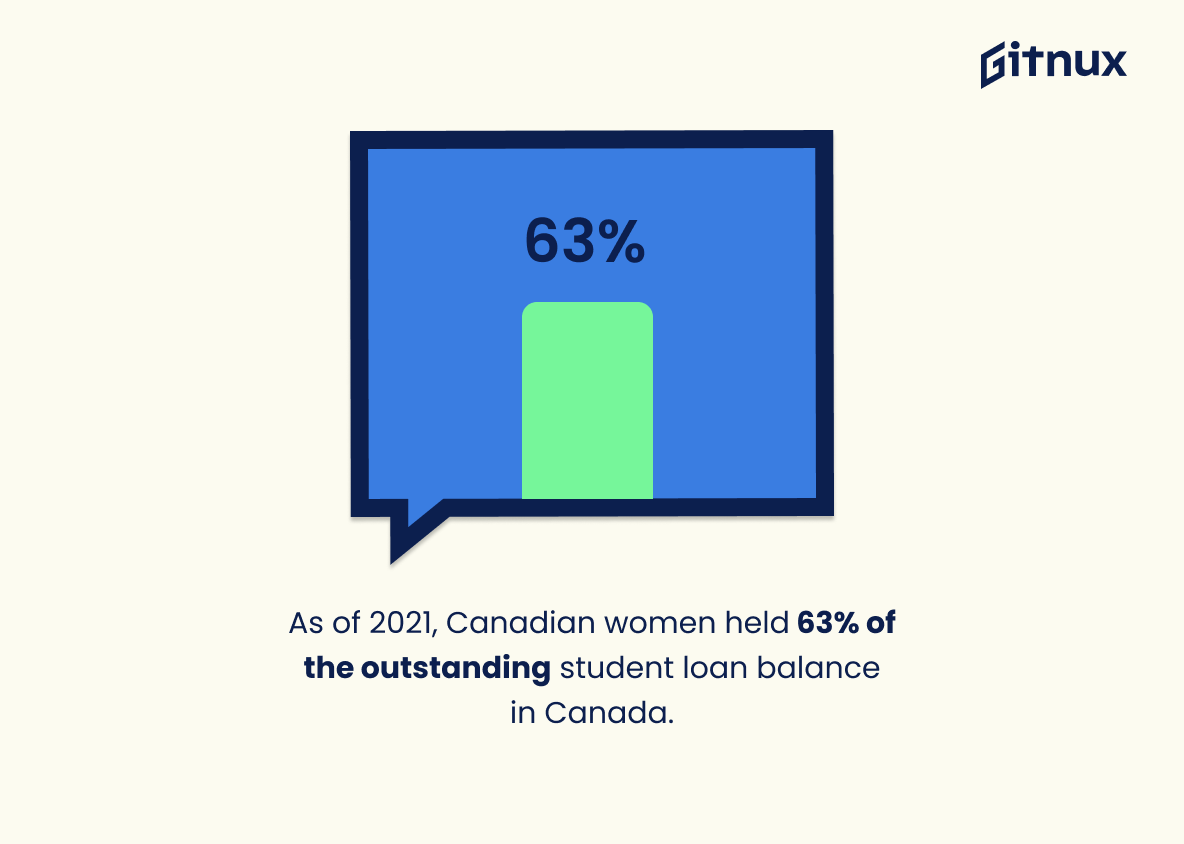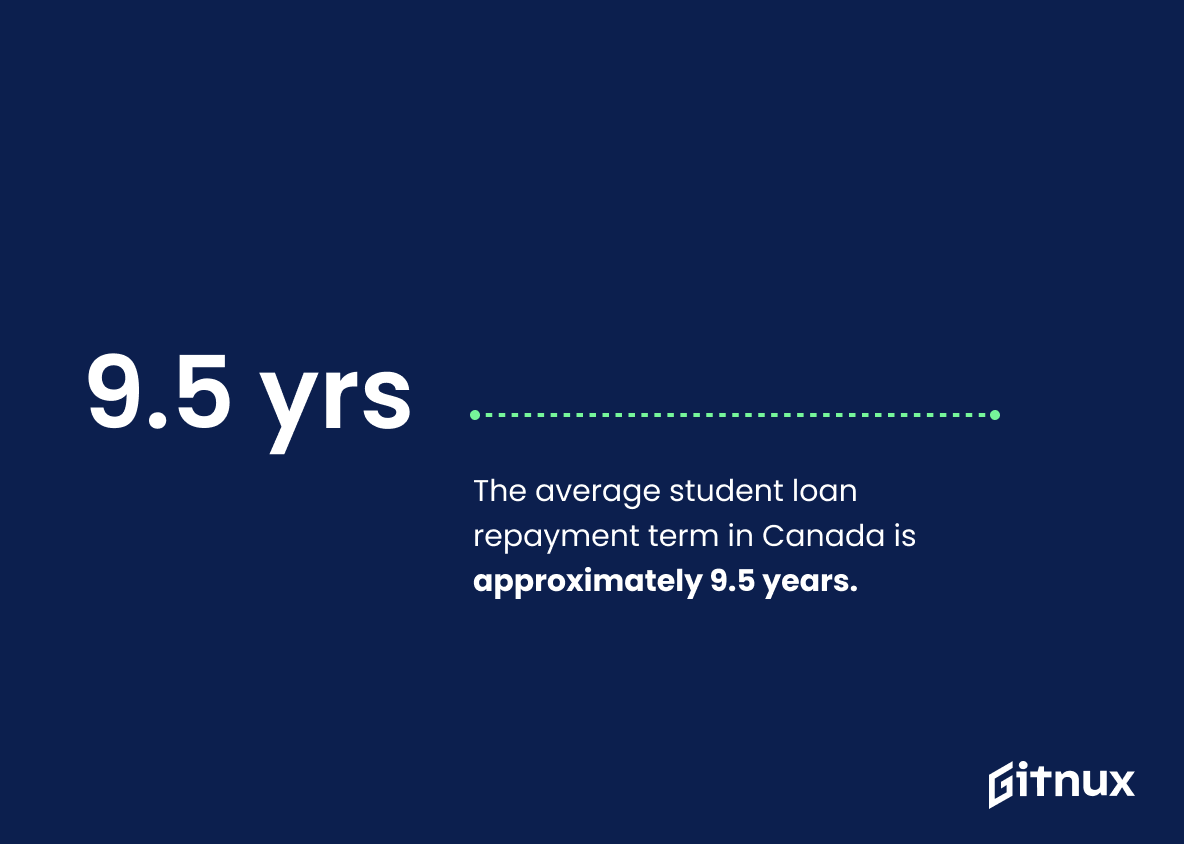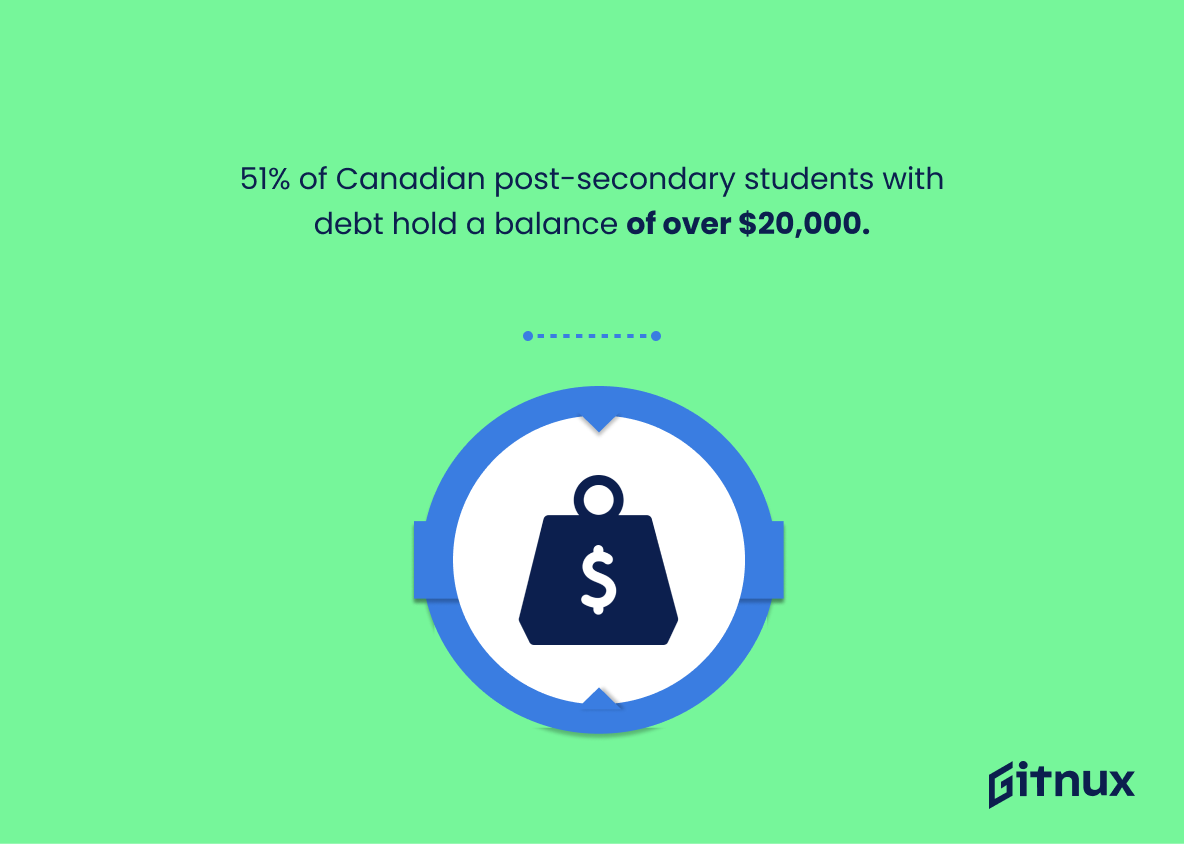Student debt in Canada is a growing concern for many post-secondary students and graduates. According to Statistics Canada, approximately 40% of Canadian student loan borrowers face difficulties repaying their debts. The average amount owed upon graduation is $28,000 with the total student loan debt in Canada reaching nearly $40 billion. In 2020 due to COVID-19, the Canadian government provided a six month interest free moratorium on payments through its Student Debt Relief Program (Canada Recovery Benefit).
A survey conducted by Abacus Data found that 54% of post-secondary students report having some form of student loan debt while 70% of new jobs require post secondary education. Loans are offered at an interest rate between 2.5%-5.5%, depending on the type taken out and tuition fees cost an average of $9,300 per year according to University Study CA’s Cost Study 2020 Report . As reported by Globe Newswire , 8.5 % was recorded as default rate on loans in 2020 while it takes nine to fifteen years for most Canadians to repay their loans completely according to Ivey Business School News . Furthermore 51 % hold balances over 20 000$ and 83 % receiving financial assistance from CSLP are considered “in need” based off StatCan data from 2019 . Women held 63 percent balance outstanding as well as 34 percent working more than twenty hours weekly towards paying off educational costs according GlobalNews reports from 2018 & 2021 respectively . Lastly 52 percent families contribute financially towards child’s education with graduate earning up 30 000$ annually more than non grads – UBC Blog Stats On Student Debt In Canada states this fact clearly
In conclusion there has been much research done into understanding how serious this issue really is within our country today; however we must continue looking further into ways we can help alleviate these burdensome amounts so future generations may have better opportunities when pursuing higher learning goals without fear or worry about being unable pay back what they owe after graduating university or college programs across all provinces including Atlantic region where 45percent graduate owing over thirty thousand dollars
Student Debt In Canada Statistics Overview
The total student loan debt in Canada is nearly $40 billion.
This statistic is a stark reminder of the immense financial burden that Canadian students are facing. It paints a vivid picture of the sheer magnitude of student loan debt in Canada, and serves as a powerful reminder of the need to address this issue.
The Canadian student debt relief program (Canada Recovery Benefit) provided a six-month interest-free moratorium on student loan payments in 2020 due to COVID-19.
This statistic is a powerful reminder of the impact of the COVID-19 pandemic on student debt in Canada. It highlights the need for government intervention to provide relief to those struggling with student loan payments, and the importance of providing financial assistance to those affected by the pandemic. It also serves as a reminder of the importance of making sure that students have access to the resources they need to manage their debt responsibly.
54% of Canadian postsecondary students report having student loan debt.
This statistic is a stark reminder of the reality of student debt in Canada. It highlights the fact that a majority of postsecondary students are struggling with loan debt, and that this is a widespread issue that needs to be addressed.
Approximately 70% of new jobs in Canada require post-secondary education.
This statistic is a stark reminder of the importance of post-secondary education in today’s job market. With the majority of new jobs requiring a college or university degree, it is clear that students must invest in their education if they want to be competitive in the job market. This reality has significant implications for student debt in Canada, as students must take on loans to finance their education in order to secure employment.
The Canadian government provides student loans with an interest rate of 2.5% to 5.5% depending on the type of loan.
This statistic is an important factor in understanding the burden of student debt in Canada. It highlights the fact that the Canadian government is providing loans to students at relatively low interest rates, which can help to reduce the amount of debt that students have to pay back. This can be a great relief for students who are struggling to pay off their student loans, as it can help to make the debt more manageable.
A Canadian post-secondary student spends on average $9,300 per year on tuition fees.
This statistic serves as a stark reminder of the financial burden that post-secondary students in Canada face. With tuition fees averaging $9,300 per year, it is no wonder that student debt is a growing concern in the country.
As of 2020, the default rate on Canadian student loans was 8.5%.
This statistic is a telling indicator of the state of student debt in Canada. It reveals that a significant portion of students are unable to pay back their loans, which is a worrying sign for the future of Canadian students. It also highlights the need for more accessible and affordable education options in Canada.
The average length of time it takes for a Canadian student to repay their student loan debt is nine to fifteen years.
This statistic is a powerful indicator of the long-term financial burden that student loan debt can have on Canadian students. It highlights the fact that, even after graduation, students may be facing years of debt repayment, which can have a significant impact on their financial security and future plans.
In 2018, Canadian post-secondary students borrowed an estimated $30.9 billion from public and private sectors.
This statistic is a stark reminder of the immense financial burden that Canadian post-secondary students are facing. It paints a vivid picture of the sheer magnitude of student debt in Canada, and serves as a call to action for policy makers to take steps to alleviate the financial strain on students.
34% of Canadian post-secondary students work more than 20 hours per week to help pay for their education.
This statistic is a stark reminder of the financial burden that Canadian post-secondary students face. It highlights the fact that many students are having to work long hours in order to pay for their education, which can have a detrimental effect on their studies and overall wellbeing. This statistic is an important indicator of the state of student debt in Canada and should be taken into consideration when discussing the issue.
83% of students receiving financial assistance from the Canada Student Loans Program (CSLP) are considered to be “in need.”
This statistic is a powerful indicator of the financial struggles faced by students in Canada. It highlights the fact that the majority of students who are receiving financial assistance from the CSLP are in need of such aid, demonstrating the prevalence of student debt in the country.
As of 2021, Canadian women held 63% of the outstanding student loan balance in Canada.
This statistic is a stark reminder of the disproportionate burden of student debt that Canadian women are shouldering. It highlights the need for greater access to financial resources and support for women in Canada, particularly those pursuing higher education. It also serves as a call to action for policy makers to address the systemic issues that are contributing to this imbalance.
The average student loan repayment term in Canada is approximately 9.5 years.
This statistic is a crucial indicator of the long-term financial burden of student debt in Canada. It reveals the amount of time it takes for the average student to pay off their loan, and the implications of this can be far-reaching. It can provide insight into the financial stability of students after graduation, as well as the potential impact of student debt on their future career prospects. Furthermore, it can help to inform policy decisions related to student debt and the cost of post-secondary education.
52% of Canadian families contribute financially to their child’s post-secondary education.
This statistic is a telling indication of the financial burden that Canadian families are taking on in order to ensure their children have access to post-secondary education. It speaks to the reality that many families are having to make difficult financial decisions in order to support their children’s educational pursuits. This statistic is an important reminder of the financial strain that many Canadian families are facing in order to provide their children with the opportunity to pursue higher education.
51% of Canadian post-secondary students with debt hold a balance of over $20,000.
This statistic is a stark reminder of the financial burden that Canadian post-secondary students are facing. It highlights the fact that a majority of students are graduating with a significant amount of debt, which can have long-term implications on their financial stability. This statistic is an important one to consider when discussing the issue of student debt in Canada.
About 60% of Canadian post-secondary students are concerned about their ability to repay their student loans.
This statistic is a stark reminder of the financial burden that Canadian post-secondary students are facing. It highlights the fact that a large portion of students are worried about their ability to pay back their student loans, which can have a significant impact on their future financial stability. This statistic is an important indicator of the current state of student debt in Canada and should be taken into consideration when discussing the issue.
Conclusion
The statistics presented in this blog post demonstrate the significant burden of student debt that Canadian students face. Approximately 40% of borrowers struggle to repay their loans, and the average graduate owes nearly $28,000 upon graduation. The total amount of student loan debt in Canada is estimated at around $40 billion, with women holding 63% of the outstanding balance. Furthermore, 83% of those receiving financial assistance from CSLP are considered to be “in need,” while 52% of families contribute financially towards their child’s education. With an interest rate ranging between 2.5-5%, a repayment term averaging 9-15 years and 70% new jobs requiring postsecondary education – it is clear that Canadians must take on considerable amounts of debt for higher learning opportunities despite its longterm implications on personal finances and economic stability as a whole nation.
References
0. – https://www.ctvnews.ca
1. – https://www.statcan.gc.ca
2. – https://www.canada.ca
3. – https://www.abacusdata.ca
4. – https://www.debt.ca
5. – https://www.cbc.ca
6. – https://www.pbo-dpb.gc.ca
7. – https://www.universitystudy.ca
8. – https://www.50.statcan.gc.ca
9. – https://www.globenewswire.com
10. – https://www.ivey.uwo.ca
11. – https://www.globalnews.ca
12. – https://www.debt.ca


